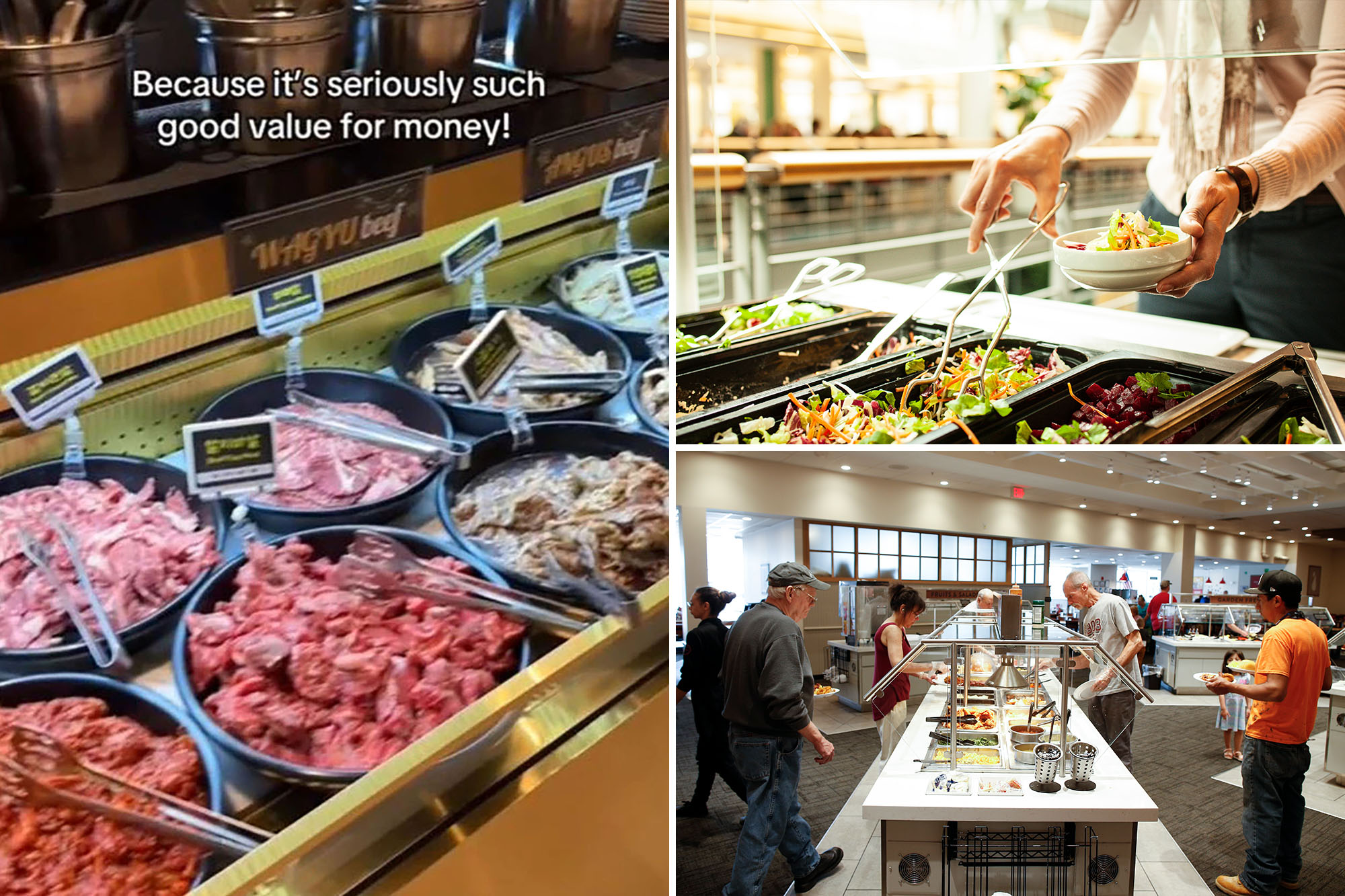
As the cost of living continues to rise, hospitality experts are reporting an increase in customers looking for affordable places that offer “high-quality meals that don’t break the bank.”
James Sun, owner and director of all-you-can-eat restaurants Butchers Buffet and Gyuniku in Sydney’s CBD, said the appeal of a buffet is that people know what they’re getting into and it eliminates the “bill friend”.
“The buffet concept has grown in popularity because of its inclusiveness and value for money,” he told news.com.au.
“With a fixed price upon entry, consumers can pay in advance and enjoy the freedom to dine without worrying about hidden costs.
“There has also been a significant change from what buffets used to be, they now serve food of a higher standard, have more variety and are focused on food presentation and store presentation – while being better value for money .
“The fact that people can now get a la carte quality flavors and ingredients, combined with pricing set for transparency – which avoids hitting the bill – is a key reason why buffets have become so popular recently.”
Sun, who is the fourth-generation owner of Sydney food group Wannian Alliance – which owns Butchers Buffet and Gyuniku along with several other locations – said the rise in demand for the buffet, which peaked in popularity in the 80s , has resulted in “tremendous success” during a time of struggle in the hospitality industry.
Australians are currently spending less on events, accommodation and food, according to new data from the Australian Bureau of Statistics (ABS).
While a national survey conducted by Finish found that 61 percent of Australians these days prefer to wait at home; with 67 percent expressing a desire for a comfortable environment and 53 percent looking to save money.
But the Sun said despite Aussies cutting back, “consumers still want to indulge in good food”.
“Buffets are offering this with an added ‘value for money’ incentive,” he explained.
“A la carte restaurants have minimal focus and limited choices – some even choose not to have desserts on their menus.
“However, buffets must ensure that they satisfy customers from start to finish. There is a deep emphasis by an operator on ensuring that there is a good dessert offering for guests to finish their meals with and finish off their experience with a sweet note.”
And if you’re wondering how a buffet restaurant turns a profit, Sun – who just opened a sixth Butchers Buffet outlet in Lidcombe – said it’s all in “volume”.
“We’re constantly trying to get as much bread as possible into the seats and turn those tables every 90 minutes,” he said.
“Behind the scenes, it’s also a volume game with suppliers. Having key suppliers and basic ingredients makes it possible to buy in bulk in order to reduce the cost of purchase.
“Sustainability and minimization of losses are also essential for buffet operators. Our menu planning team is constantly in R&D (research and development) to produce efficiencies with menu dishes and ingredients used, to minimize wastage.”
That said, he admits that “buffets aren’t cheap,” saying Butchers Buffet averages $50 per person while Gyuniku — a Japanese BBQ buffet — averages $85 per person.
Social media users have raved about the value, with one declaring on TikTok that Butchers Buffet “tops every other buffet” she’s been to in her life.
“I know it doesn’t seem like much, but my boyfriend took me to this Korean BBQ and I was pleasantly surprised,” she said.
“I was very skeptical before, but they have a lot of side dishes and ready meals – even Tteok-galbi which is rarely found outside of Korea.”
The videos also show which dishes are available, including Soy Marinated Beef Bulgogi, Wagyu Beef Chuck Roll and Mediterranean Lamb.
#cost #living #sparks #eating #trend #rise #buffet #dining
Image Source : nypost.com